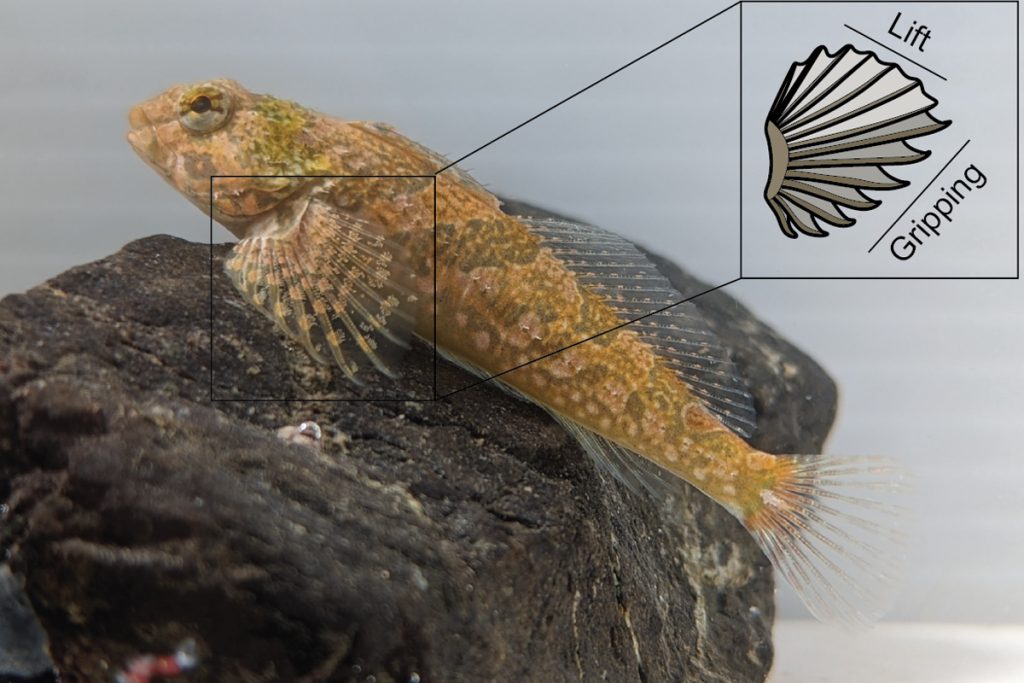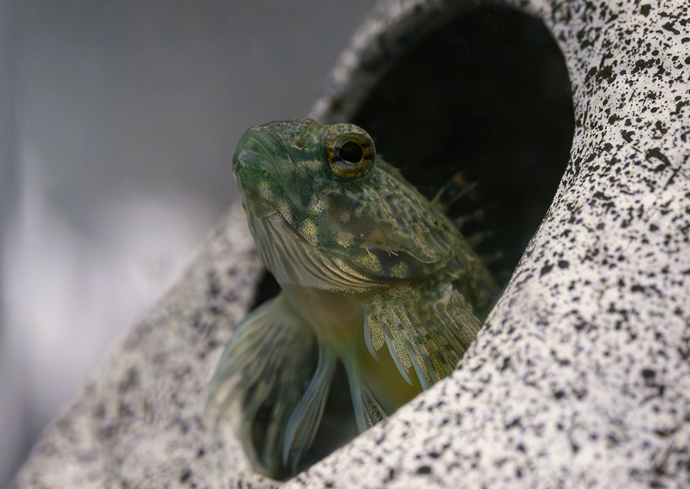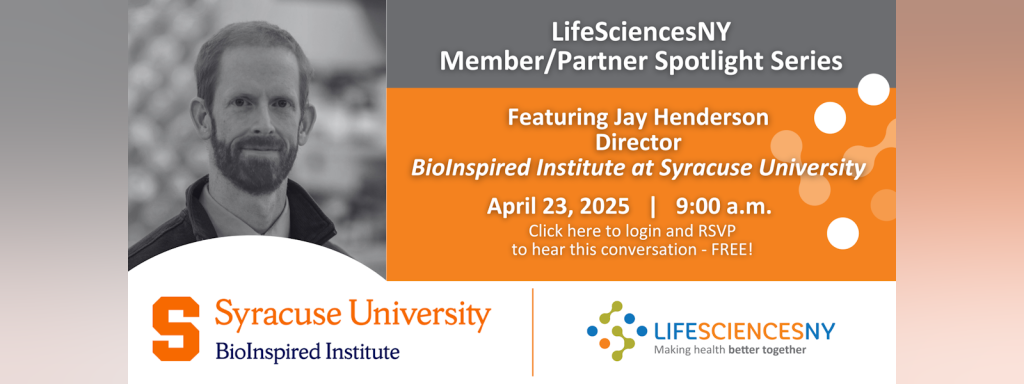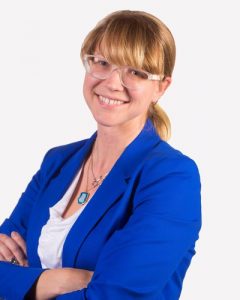On a wave-battered rock in the Northern Pacific Ocean, a fish called the sculpin grips the surface firmly to maintain stability in its harsh environment. Unlike sea urchins, which use their glue-secreting tube feet to adhere to their surroundings, sculpins manage to grip without a specialized adhesive organ like tube feet or the suction cups of octopuses.

So, why is this significant and why are scientists so keen to understand it? Marine organisms thriving in high-energy environments serve as excellent natural models for designing more efficient and effective human-engineered devices, such as robots, grippers and adhesives. Improved adhesives could have wide-ranging impacts, from enhancing medical devices to creating tires with better road grip.
A team of researchers from Syracuse University and the University of Louisiana at Lafayette who specialize in functional morphology—how the shape and structure of an organism helps it function—recently uncovered a new and surprising traction trait in sculpins. They found microscopic features on their fins, potentially allowing them to adhere strongly to surfaces underwater to fight currents and waves. Their results were published in the journal Royal Society Open Science.

“In order to prevent being swept away, these sculpins need another way to keep themselves in position,” says Emily Kane, professor of biology at the University of Louisiana at Lafayette who co-authored the study with Austin Garner, a biology professor in the College of Arts and Sciences at Syracuse University. “One feature that sets this group apart is the modification of their pectoral fins such that the bottom portion has reduced webbing that allows the fin rays to poke out further than the fin. They can use these for holding onto rocks or other substrates, but some species have further modifications that allow for walking and sensory functions.”
Previous research has shown that sculpins use hydrodynamic mechanisms—like having a small, streamlined body and using their fins to create negative lift—to maintain balance and grip. Additionally, physical mechanisms, such as gripping the substrate with flexible fin rays on the bottom part of the fin (similar to having fingers), have been described. This study documents a new surface texture, suggesting that these bottom fin rays might also create friction or adhesion at a microscopic level, enhancing their grip even further.
Kane and her team first discovered these features during fieldwork in summer 2022 in Friday Harbor, Washington. While observing fins at a microscopic level using a scanning electron microscope, she immediately recognized the similarity between the sculpins’ features and the fine hairs on gecko feet. She then reached out to Garner, who is an expert in animal adhesion and attachment.
“My lab is interested in how animals interface with surfaces in their environment during both stationary and locomotory behaviors, particularly in those organisms that take advantage of adhesive or frictional interactions using specialized attachment organs,” says Garner, who is also a member of the BioInspired Institute at Syracuse, where researchers collaborate to develop and design smart materials to address global challenges. “Using a very similar framework to studies I have conducted in lizards and sea urchins, we worked together to design and execute this study.”
The team focused on traits such as density, area and length to outline the texture of the skin on the fin rays.
“We compared these measures to values in other animals with similar features that are known to produce a friction gripping force, like having sandpaper on the fins,” says Kane. “There are some similarities in sculpins that make us think they could be doing something similar.”
Garner notes that their work is the first description of these microstructures on the fin rays of sculpins. “We not only described the form and configuration of these structures in this work but also generated testable hypotheses that serve as strong intellectual foundations for us to continue probing in our future work on this topic,” he says.
So, what will this forthcoming research involve, and could studying these structures lead to the development of new bio-inspired adhesives for societal use?
Garner suggests that the form and function of sculpin fins could be effectively integrated into bio-inspired robots or grippers for underwater navigation and exploration. As the research progresses, their team anticipates that understanding the microstructures on sculpin fins will offer new possibilities for designing synthetic attachment devices that can attach securely yet detach easily, even underwater.
Who knows, maybe one day an underwater robot with sculpin-inspired grippers will be exploring the ocean depths and making waves in the world of bio-inspired technology.



